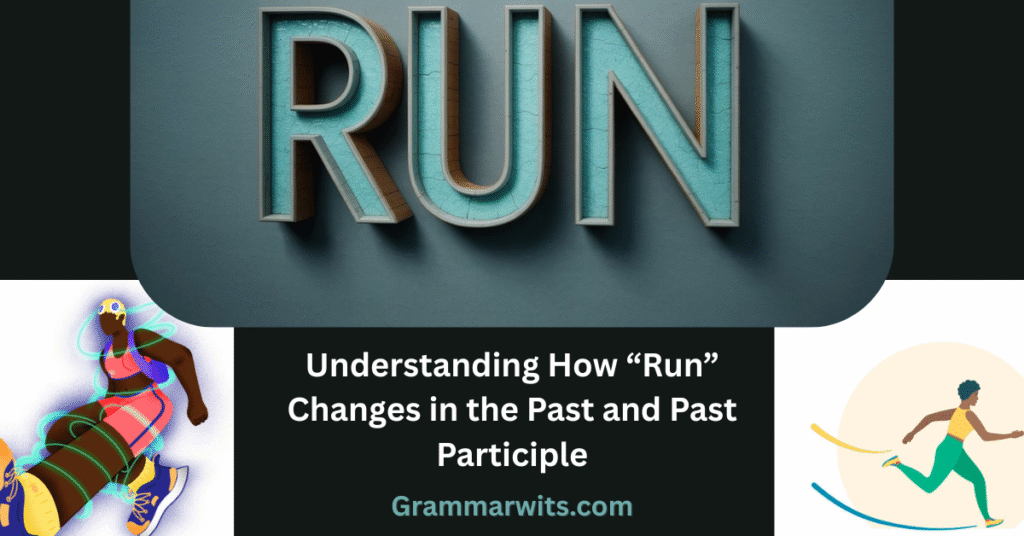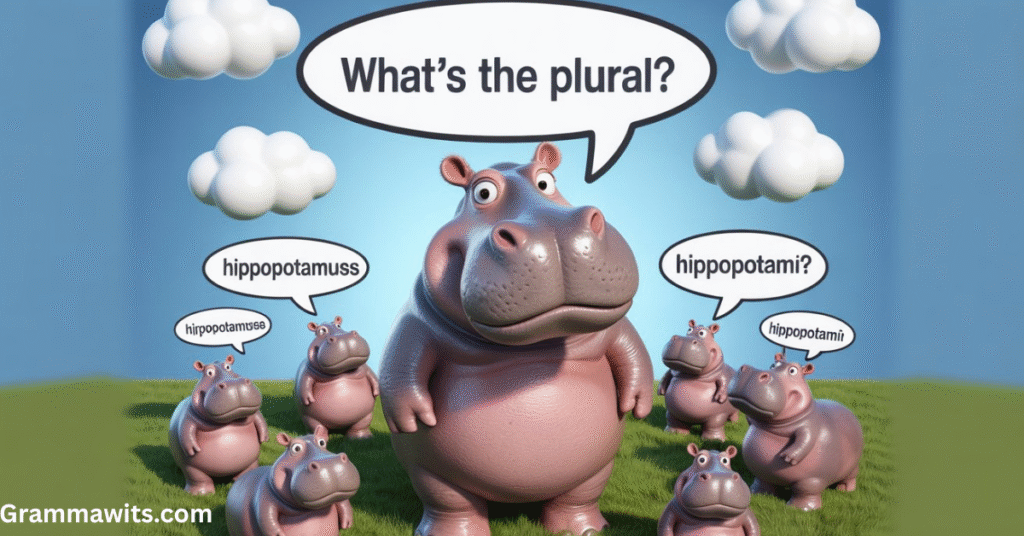GRAMMAR WITS

GRAMMAR
Vicious vs Viscous: Use Them Correctly in Writing
“Vicious vs viscous” refers to the clear but often misunderstood distinction between two similar-sounding adjectives in English. Vicious means deliberately...

GRAMMAR
Heyday or Hayday: What’s the Right Word to Use?
In everyday English, the phrase “heyday or hayday” often surfaces when describing a peak period of success, strength, or popularity....

GRAMMAR
Understanding How “Run” Changes in the Past and Past Participle
The verb “run” changes form when used in the past tense and past participle, which are essential for expressing actions...

GRAMMAR
Coach vs Couch: Definitions, Differences, and Examples
“Coach vs Couch” explores two deceptively similar-looking words that have completely different meanings. A coach typically refers to a person...

GRAMMAR
What’s the past tense of fall down? Expalined with Examples
The past tense of “fall down“ is “fell down.” This form is used when describing an action that happened in...

GRAMMAR
What is the Past Tense of See and its Past Participle?
In English grammar, past tense refers to the form of a verb used to describe actions that have already happened....

GRAMMAR
What’s the Plural of Hippopotamus? Is it Hippopotamuses?
The plural of hippopotamus refers to the form used when talking about more than one of these large, river-dwelling mammals....

GRAMMAR
What’s the Plural of Iris Explanation with Examples
The plural of “iris” can be written in two accepted forms: “irises” and “irides.” Both are correct depending on the...

GRAMMAR
What Are the Plurals of ‘Ox’ and ‘Fox’? Why ‘Oxen’ and ‘Foxes’?
The phrase “What are the plurals of ‘ox’ and ‘fox’?” refers to how the English language handles turning these singular...

GRAMMAR
What’s the Plural of Axe? Is it Axes or Axen?
What’s the Plural of Axe? Is it Axes or Axen? Understanding the correct plural form of a word helps maintain...




